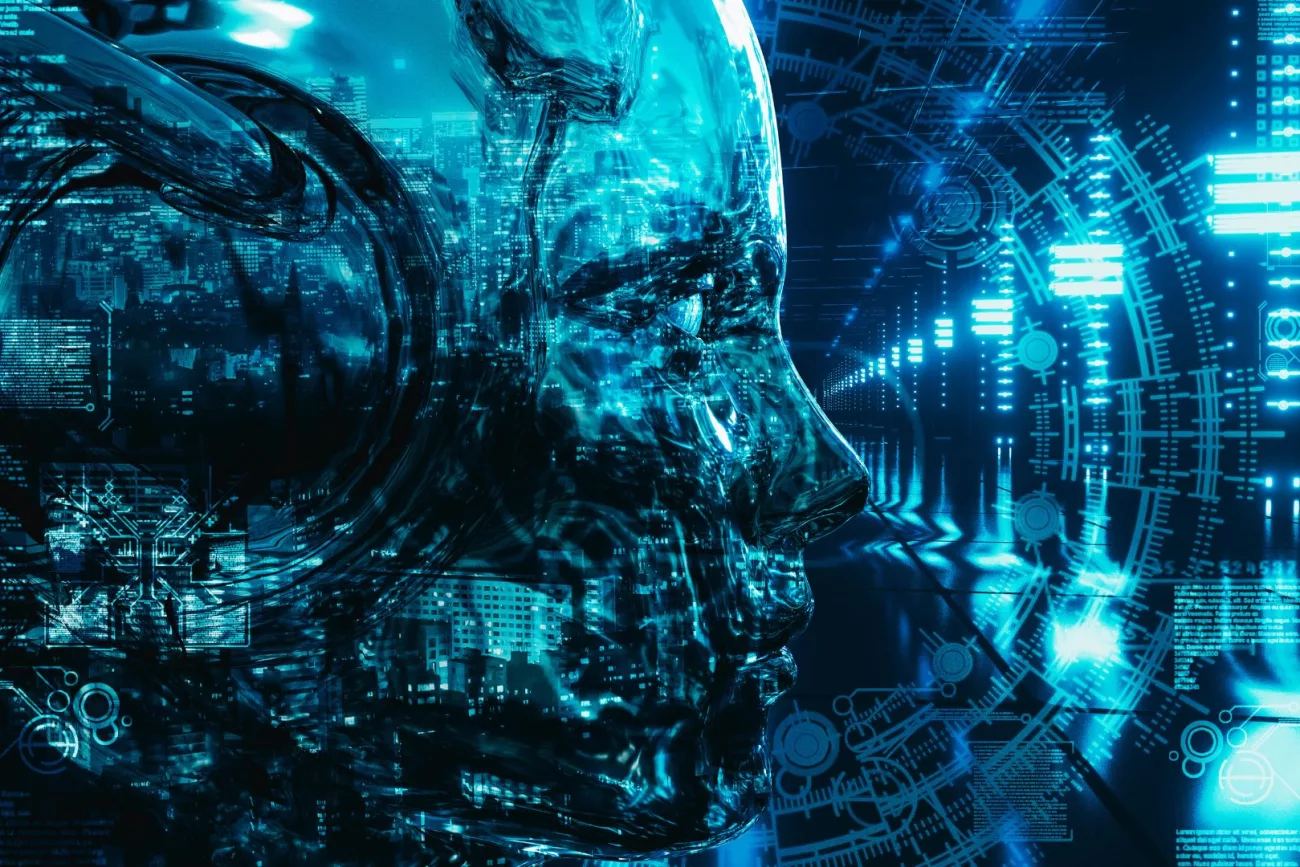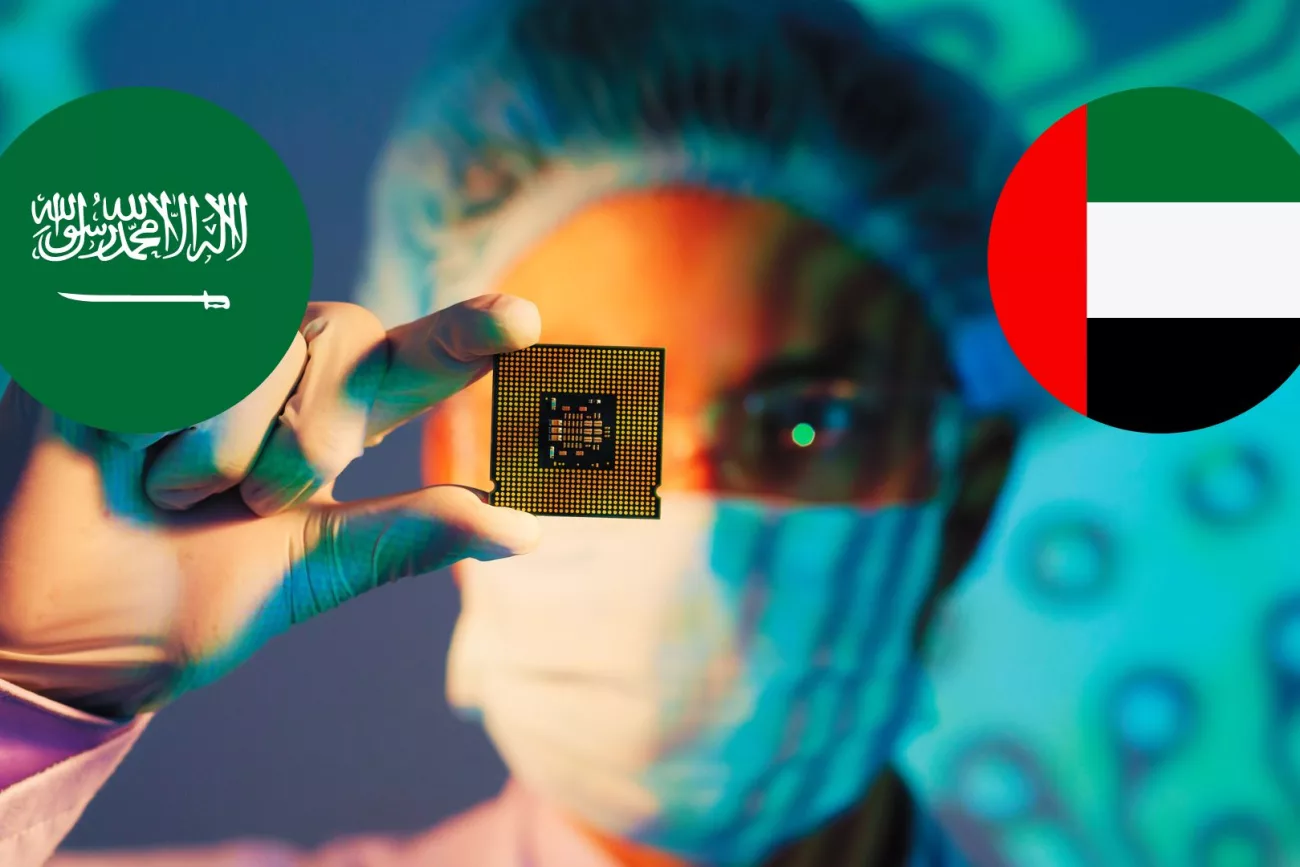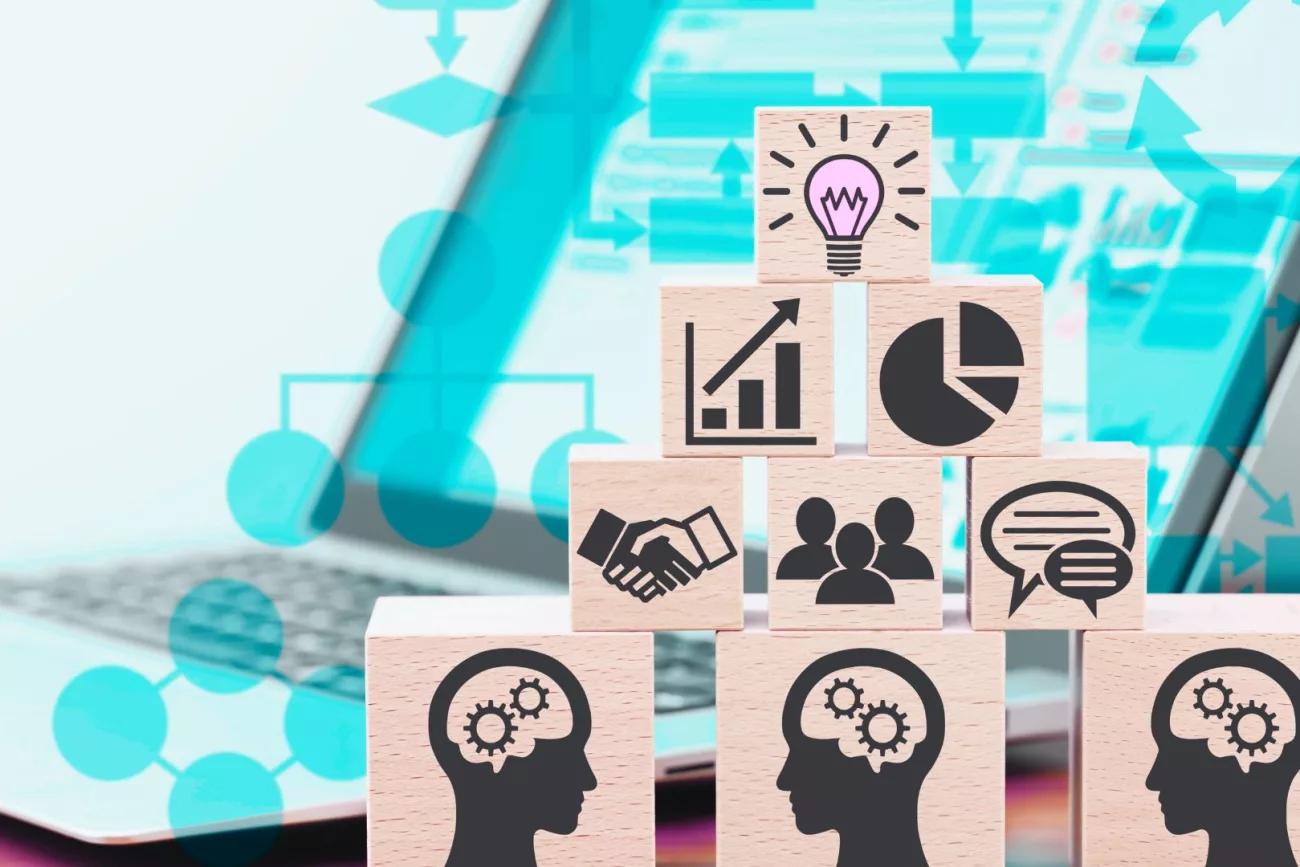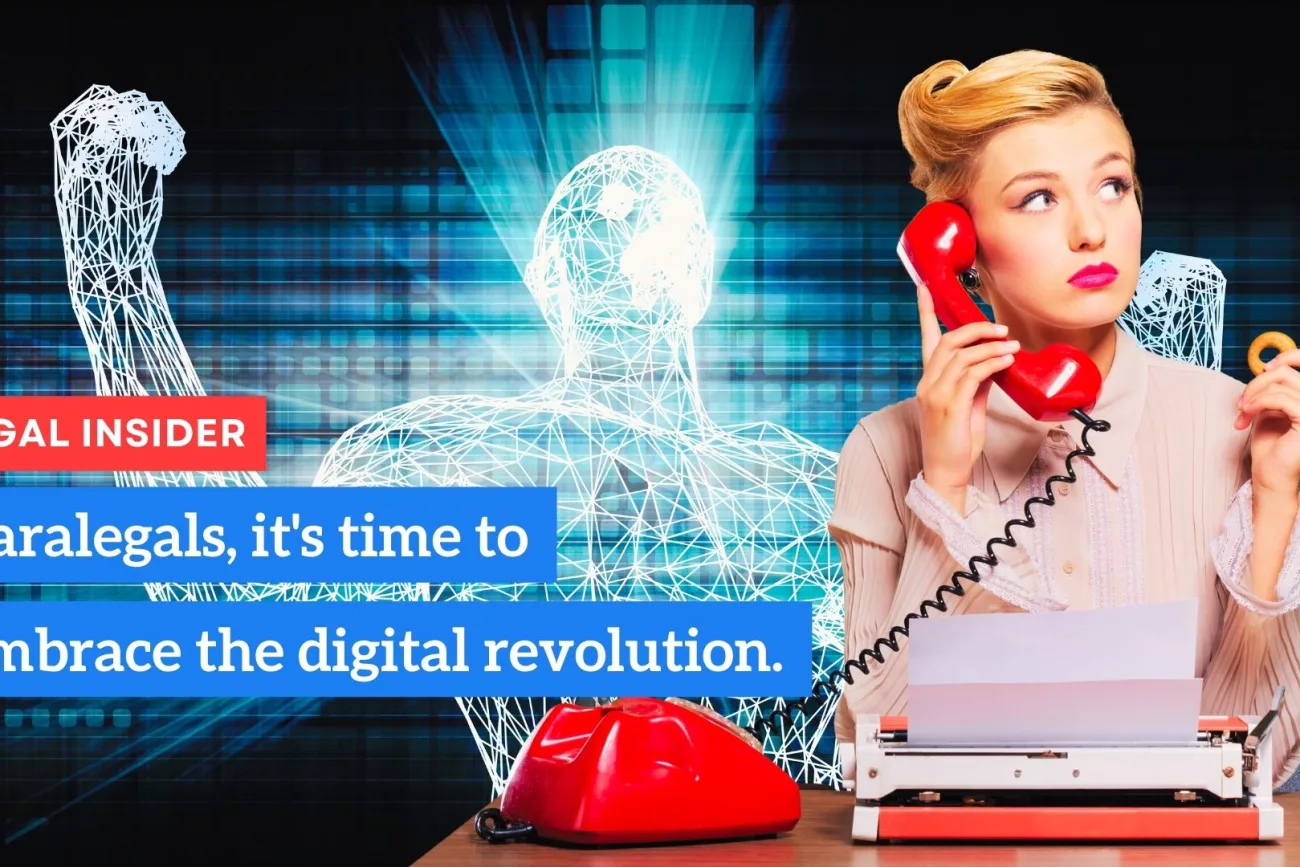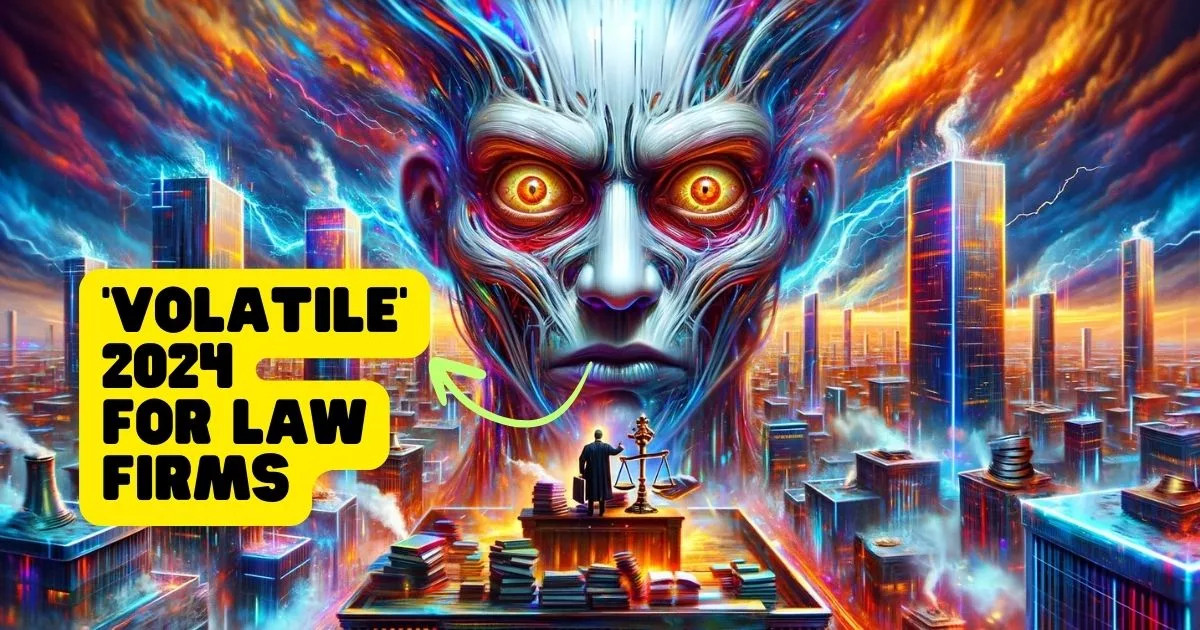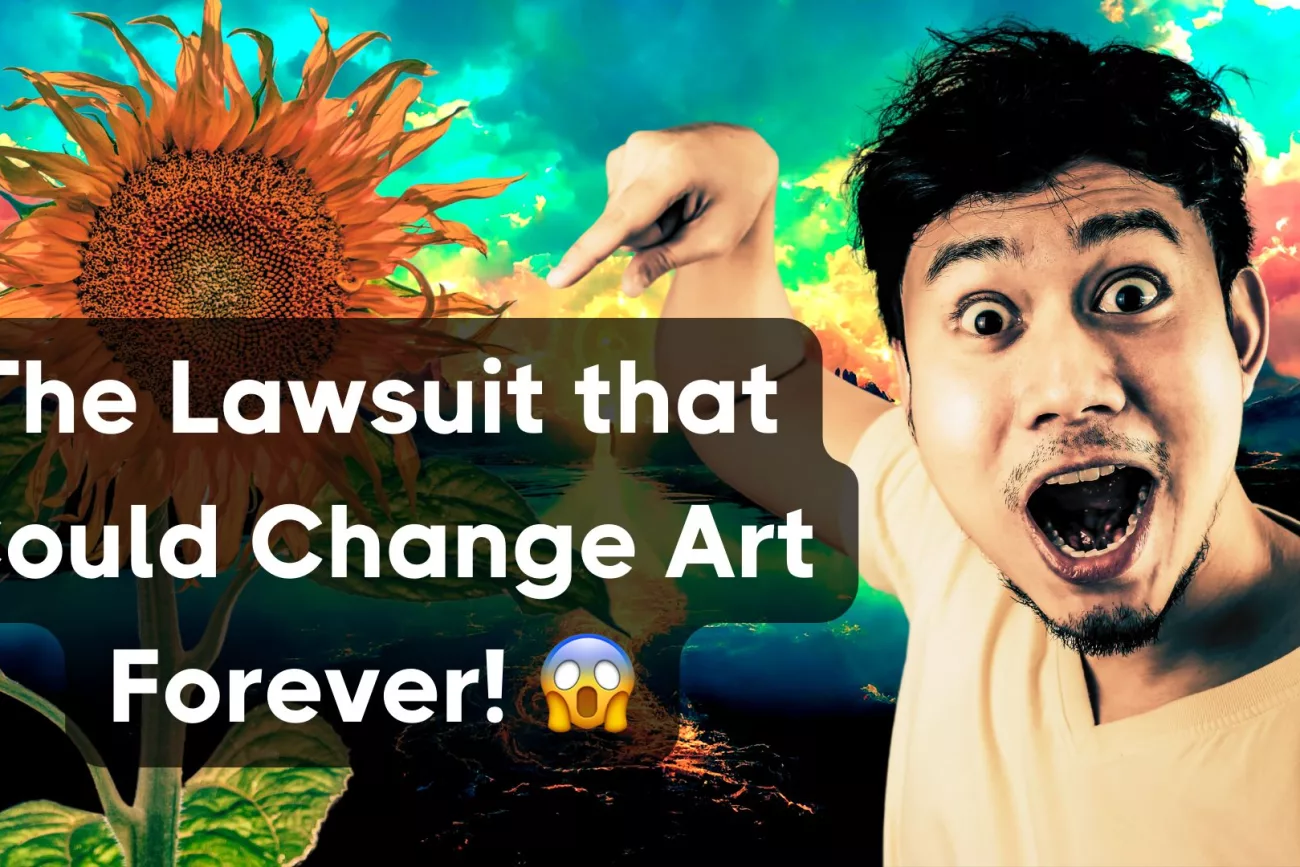
Key Points:
- AI-generated art raises copyright and ownership concerns, as seen in the Stability AI case.
- Legal frameworks need updates to accommodate AI-generated art and protect human artists.
- Balancing protection and innovation is crucial for fostering a thriving creative ecosystem.
- New markets, licensing models, and ethical discussions will emerge as AI art gains prominence.
Introduction to AI and Art Creation
Artificial intelligence (AI) is transforming the creative landscape, with machines generating awe-inspiring artworks that blur the lines between human and machine-made creations. As AI-generated art gains traction, it also raises pressing legal questions surrounding copyright, ownership, and authorship. This article delves into these complexities, focusing on a high-profile case involving Stability AI and the broader implications of AI-generated art in the copyright sphere.
The Stability AI Case: Copyright Suit and Potential Outcomes
Background and Allegations
Stability AI, a leading AI art generation company, is currently facing a copyright lawsuit over one of its creations. The plaintiff, an established artist, alleges that Stability AI’s AI-generated artwork infringes on their copyrighted work. They claim that the AI system utilized elements of their art without permission, resulting in an unauthorized derivative work.
Stability AI’s Defense
Stability AI vehemently denies the allegations and seeks to have the case dismissed. Their argument centers on the idea that AI-generated art is not a derivative work, but rather a novel creation resulting from complex algorithms and machine learning processes. They contend that the AI system’s output is an entirely new and distinct work, free from any direct human intervention or infringement.
Legal Precedents and Future Implications
The outcome of the Stability AI case could have a profound impact on the legal landscape surrounding AI-generated art. If the court rules in favor of the plaintiff, it may set a precedent that AI-generated art is subject to copyright protection and can be considered derivative works. On the other hand, if the court sides with Stability AI, it could establish that AI-generated art is distinct and free from traditional copyright constraints.
The Complexities of AI-Generated Art and Copyright Law
AI as a Creator: Challenging Traditional Notions
AI-generated art challenges conventional notions of authorship, as it is not created by a human hand but rather by algorithms and machine learning processes. This raises a fundamental question: Can AI be considered an author under current copyright law? Current legal frameworks typically define authors as human beings, leaving the status of AI-generated art in murky waters.
Ownership and Liability: Navigating the Gray Area
Determining ownership and liability in cases involving AI-generated art is another contentious issue. Should the AI system’s creator, the person who trains the AI, or the user who prompts the AI to generate art be held responsible for any potential copyright infringements? The lack of clear-cut answers further complicates the legal landscape surrounding AI-generated art.
Rethinking Copyright Law in the Age of AI
The Need for Legislative Updates
The rise of AI-generated art underscores the need for legislative updates that adequately address the unique challenges posed by AI creations. Lawmakers must consider revising and expanding current copyright frameworks to accommodate AI-generated art, ensuring that both human and machine-generated works are protected and regulated fairly.
Balancing Protection and Innovation
In revising copyright law, legislators must strike a delicate balance between protecting artists’ rights and fostering innovation. Overly restrictive copyright regulations could stifle the growth of AI-generated art and limit its potential benefits, while a lax regulatory environment may leave human artists vulnerable to infringement and exploitation.
Conclusion: The Future of AI-Generated Art and Copyright
The Stability AI case is just one example of the complex legal issues surrounding AI-generated art and copyright. As AI continues to evolve and reshape the creative landscape, legal frameworks must adapt to address the unique challenges and implications that arise from these advancements. By updating copyright laws and establishing clear guidelines for AI-generated art, both human artists and AI creators can coexist harmoniously, fostering a rich and diverse artistic ecosystem.
Emerging AI Art Market and Licensing Models
As AI-generated art becomes more prominent, new markets and licensing models will likely emerge to accommodate its growth. Artists, AI developers, and collectors will need to navigate these new frameworks, which may include innovative licensing agreements, royalty structures, and profit-sharing arrangements. The development of such models will be essential in ensuring fair compensation for all parties involved while simultaneously promoting the growth and exploration of AI-generated art.
Ethical Considerations in AI-Generated Art
The proliferation of AI-generated art also raises ethical questions related to authenticity, originality, and artistic value. Artists and the public alike must grapple with the implications of AI-generated works and their potential impact on the perception of human-made art. As AI-generated art becomes more prevalent, fostering open dialogue and critical examination of these issues will be essential in maintaining a balanced and inclusive artistic community.
Key Takeaways: Navigating the Intersection of AI and Copyright
The legal landscape surrounding AI-generated art is complex and evolving. To successfully navigate the intersection of AI and copyright, stakeholders should consider the following key takeaways:
- Monitor legal developments: Stay informed about ongoing cases and legislative updates related to AI-generated art and copyright, as these can have a significant impact on the industry and legal precedents.
- Embrace innovative licensing models: As the AI art market grows, new licensing agreements and royalty structures will likely emerge. Be open to exploring these models and consider how they may apply to your specific situation.
- Engage in ethical discussions: Participate in open dialogue about the ethical implications of AI-generated art and its impact on human-made art. This will help foster understanding, collaboration, and respect within the artistic community.
- Balance protection and innovation: When revising copyright laws and navigating legal disputes, strive to strike a balance between protecting the rights of human artists and promoting innovation in the AI-generated art space.
The future of AI-generated art and copyright remains uncertain, but one thing is clear: as technology continues to advance, the art world and legal systems must adapt and evolve to ensure a fair and thriving creative landscape for all.



